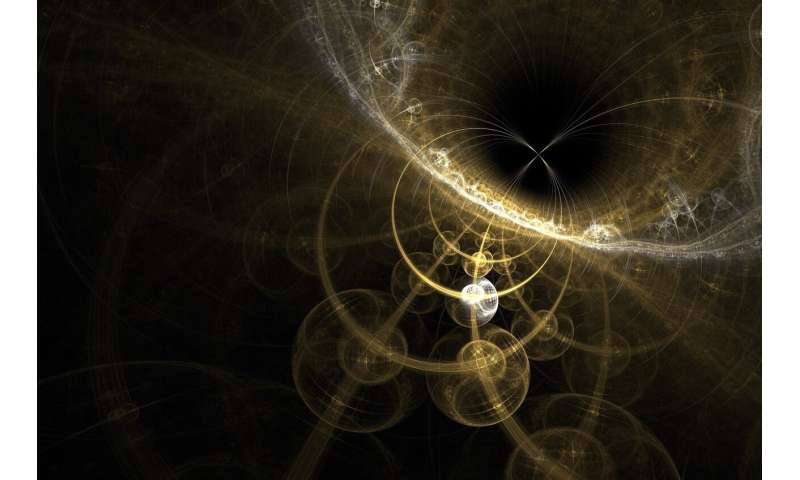Quantum entanglement may now be useful in every aspect computing.
Quantum entanglement used to a mysterious unpredictable phenomenon that lead some to believe in many universes with many possible different constants and laws of nature. Quantum entanglement is becoming increasingly very well understood and likely very useful in computing and communication.
the removal of the shroud of mystery likely began with the ability to image the basic particles of matter, and understand how they function.
Quantum computers are here now, and will likely dominate the future of computing.
Source: Physicists entangle 15 trillion hot atoms | Live Science
Physicists entangle 15 trillion hot atoms
By Tim Childers - Live Science Contributor
Physicists set a new record by linking together a hot soup of 15 trillion atoms in a bizarre phenomenon called quantum entanglement. The finding could be a major breakthrough for creating more accurate sensors to detect ripples in space-time called gravitational waves or even the elusive dark matter thought to pervade the universe.
Entanglement, a quantum phenomena Albert Einstein famously described as "spooky action at a distance," is a process in which two or more particles become linked and any action performed on one instantaneously affects the others regardless of how far apart they are. Entanglement lies at the heart of many emerging technologies, such as quantum computing and cryptography.
Entangled states are infamous for being fragile; their quantum links can be easily broken by the slightest internal vibration or interference from the outside world. For this reason, scientists attempt to reach the coldest temperatures possible in experiments to entangle jittery atoms; the lower the temperature, the less likely atoms are to bounce into each other and break their coherence. For the new study, researchers at the Institute of Photonic Science (ICFO) in Barcelona, Spain, took the opposite approach, heating atoms to millions of times hotter than a typical quantum experiment to see if entanglement could persist in a hot and chaotic environment.
© Copyright Original Source
Quantum entanglement used to a mysterious unpredictable phenomenon that lead some to believe in many universes with many possible different constants and laws of nature. Quantum entanglement is becoming increasingly very well understood and likely very useful in computing and communication.
the removal of the shroud of mystery likely began with the ability to image the basic particles of matter, and understand how they function.
Quantum computers are here now, and will likely dominate the future of computing.
Source: Physicists entangle 15 trillion hot atoms | Live Science
Physicists entangle 15 trillion hot atoms
By Tim Childers - Live Science Contributor
Physicists set a new record by linking together a hot soup of 15 trillion atoms in a bizarre phenomenon called quantum entanglement. The finding could be a major breakthrough for creating more accurate sensors to detect ripples in space-time called gravitational waves or even the elusive dark matter thought to pervade the universe.
Entanglement, a quantum phenomena Albert Einstein famously described as "spooky action at a distance," is a process in which two or more particles become linked and any action performed on one instantaneously affects the others regardless of how far apart they are. Entanglement lies at the heart of many emerging technologies, such as quantum computing and cryptography.
Entangled states are infamous for being fragile; their quantum links can be easily broken by the slightest internal vibration or interference from the outside world. For this reason, scientists attempt to reach the coldest temperatures possible in experiments to entangle jittery atoms; the lower the temperature, the less likely atoms are to bounce into each other and break their coherence. For the new study, researchers at the Institute of Photonic Science (ICFO) in Barcelona, Spain, took the opposite approach, heating atoms to millions of times hotter than a typical quantum experiment to see if entanglement could persist in a hot and chaotic environment.
© Copyright Original Source
Last edited by a moderator:

